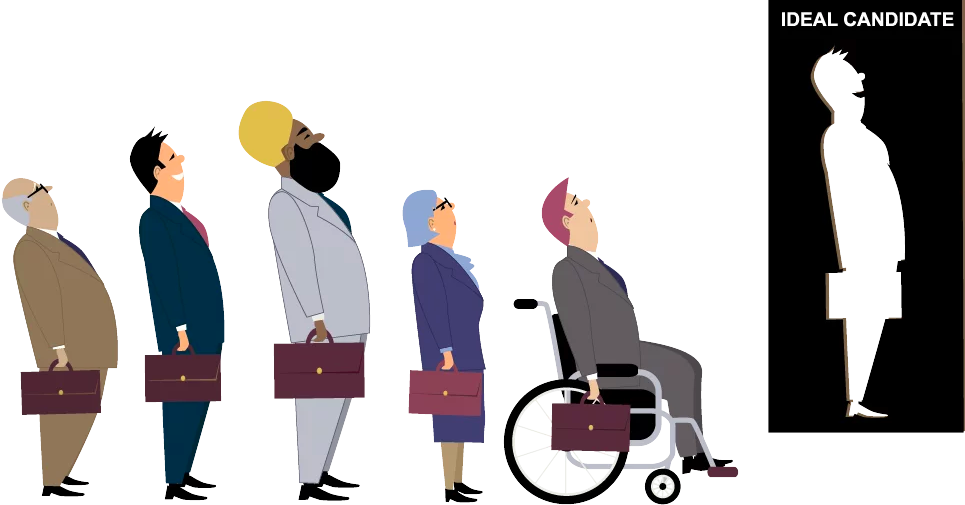From entry-level employees to leadership, a workforce with varied backgrounds and experiences brings greater perspectives and drives more innovation. Simply put, workplace diversity improves a company’s bottom line and creates a greater exchange of ideas, competencies, and skills among staff.
Recruiters know that getting the best candidates from underrepresented groups can be a tough challenge. The right candidates aren’t always available on your company’s timeline, and the candidate pool you’re fishing from can be small.
Make Sure No Candidate is Left Behind
Our recent strategic audience planning guide talks about the best way to reach the most qualified candidates from a variety of backgrounds, experiences, and abilities. This method of recruitment marketing is built around your company’s different audience types, including “strategic audiences” – those roles and opportunities that benefit from a wide array of diverse candidates.
As you develop your specific goals, you’ll find that targeted audience planning really helps reach, and speak to, a wide variety of candidate types.
Targeted Audience Recruiting for Diverse Audiences
Here are some of the audience types we’ve seen Fortune 500 companies targeting recently. We believe these will continue to be popular targets for recruiting efforts in the months and years to come.
- Women in leadership: Only 37 of the CEOs at Fortune 500 companies are women, despite the fact that the overall population split is approximately 50/50. When it comes to the workplace, the pace of change for women in leadership continues to be slow. A recent Brandon Hall study showed that just one in five employers increased female senior leadership by more than 5% over the past two years. Check out our recent webinar where you can hear from top talent professionals about the challenges of building diverse audiences and delivering the right message at the right time.
- Federal contractors: Recruiting in the world of federal contractors is difficult. First, there are the usual challenges of finding candidates with the right education, experience, and technical skills. On top of that, you need to meet the Office of Federal Contract Compliance Programs requirements and find candidates with the right security clearance. Since only about 1% of the US population has any level of security clearance, the candidate pool can shrink quite quickly. This blog post shares a number of helpful tips for attracting and engaging these highly specialized candidates.
- Veterans: Roughly 250,000 military members transition to civilian life each year. This career shift can be difficult, and many companies are making a commitment to recruit, employ, and retain U.S. military veterans. On one level it’s a recognition of their sacrifice for our country. But make no mistake, they also have top skills employers need including leadership, effective communication, teamwork, adaptability, and problem solving. And these are just the “soft skills.” In this webinar, our client Premise Health shares insights to help you connect with veterans and place them in civilian jobs that make use of their valuable military skills.
- Minority groups: In the workplace, people generally associate the term “diversity” with gender and racial minorities. Keep in mind, however, it can also include candidates of varying age, ethnicity, religion, orientation, location, experience, and ability. Creating a truly diverse and inclusive workplace can take your business to the next level and help you build a trusted employer brand. Jobvite’s Diversity & Inclusion Pack provides a unique combination of technology and services to help companies create opportunities for underrepresented communities. You can also download this guide to learn more about the steps you can take to find, engage, nurture, and convert more diverse candidates.
Talent professionals are looking to build a culture of inspiration, growth, and diversity. We’re here to help you make that happen.




